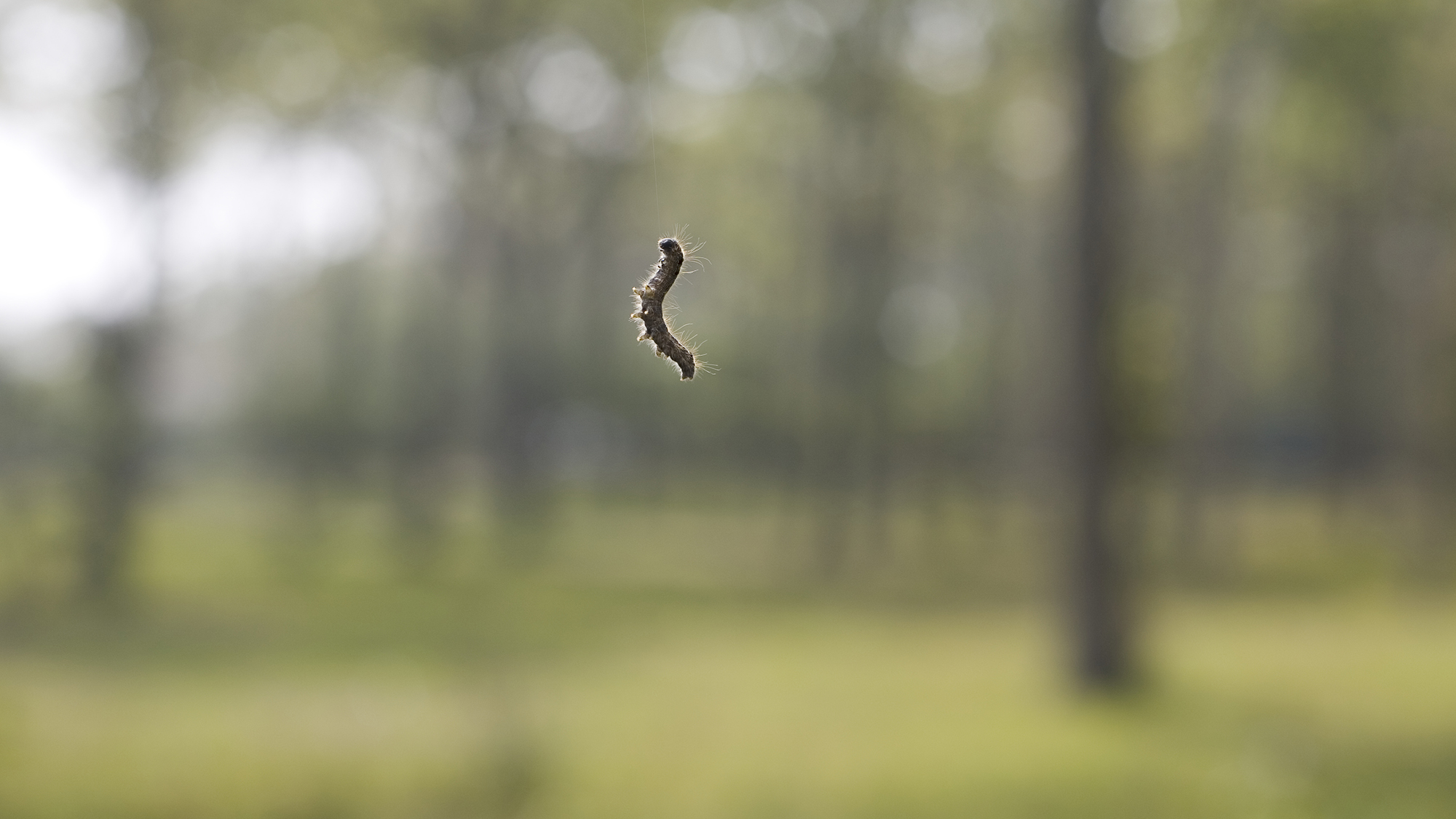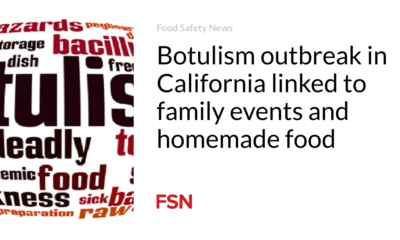Technology
What’s Behind the Record Outbreak of Spongy Moths in the Eastern US?

This story was originally published by Grist. Sign up for Grist weekly newsletter here.
Take a few steps into a leafy forest in New York’s Hudson Valley, close your eyes and listen: that’s not the sound of rain, it’s millions of caterpillars chewing and pooping.
On a clear spring day, the chatter of spongy moth caterpillars working their way through oak, maple, crab apple, lime and aspen trees can be heard above the sound of birds singing. Chunks of green leaves litter the ground like confetti – evidence of the insatiable munching in the canopy above. Hundreds of caterpillars bob on long, wispy silk threads, waiting for a breeze to carry them to a new tree.
The Northeast and Midwest are dealing with what is in some places the worst ever outbreak of spongy moths. One of the factors driving the proliferation of very hungry caterpillars is climate change-induced drought, which allows spongy moths to reproduce with abandon and up to a million caterpillars per hectare. Trees are resilient, but this outbreak is extremely long-lasting and damaging. After two consecutive years of intensive feeding of spongy moths, up to 80 percent of the trees in a hardwood forest that have been defoliated or stripped of their leaves will die. The current spongy moth epidemic has been going on for five years in some parts of the US
“When trees are defoliated in this way at this time of year, they use reserves found in the trunk and roots to produce a second wave of growth,” said Brian Eshenaur, a plant pathologist at Cornell’s Integrated Pest Management University. Program. “If the tree has to do that for two years in a row, it actually exhausts all the reserves it has.”
Caterpillars aren’t the only forest pests benefiting from climate change. Many invasive species in the US are expanding, mostly thanks to milder winters resulting from warmer-than-average global temperatures. Insects such as the hemlock woolly adelgidthe emerald ash borer, the Japanese beetle and the spotted lanternfly are chewing their way through the country’s trees at record speed – leading to widespread tree mortality and stressed forests that are susceptible to drought and more diseases. No species is capable of destroying the country’s forests, which are collectively stocked about 60 billion tons of carbonbut the rising tide of invasive species is causing serious cumulative damage.
Sponge moths have been present in the United States since 1869, when a French artist and amateur entomologist named Etienne Leopold Trouvelot imported some from Europe and began breeding them in nets in his backyard near Boston. Trouvelot hoped to breed a silkworm suitable for American climates that could be used for commercial textile production. Spongy moths, then known as gypsy moths, float from leaf to leaf and tree to tree on long, durable lines of silky thread. But the moths soon escaped from captivity, perhaps because of a heavy storm tore through Trouvelot’s netand some insects moved into the forests of Massachusetts.
Twenty years later, amid the first ever spongy moth plague, a resident of the town where Trouvelot lived described a world covered in black, hairy caterpillars. “I am not exaggerating when I say that there was nowhere on the outside of the house where you could put your hand without touching caterpillars,” the resident told the Boston Post in 1889. (The caterpillars do not bite humans, but when they come into contact with their spiny hairs, some people develop an itchy and painful rash.)
More than a century after that first outbreak, spongy moths spread at a rate of about 13 miles per year through New England, the Mid-Atlantic, the Midwest and parts of the South, feasting on 300 species of leafy trees and shrubs, leaving entire areas of forest bare. The moths A total of 81 million hectares were defoliated between 1970 and 2013. Because of the toll they take on trees, controlling sponge moth populations has become one of the U.S. Forest Service’s highest priorities. The economic cost of managing spongy moths has averaged $30 million per year over the past two decades.
And climate change is only making matters worse. Outbreaks typically occur every eight to 12 years, and each wave lasts one to three years. The current outbreak has lasted longer than normal, said Tom Coleman, a Forest Service entomologist who heads the agency. Slow the spread program for spongy moths, partly due to drought in some areas where the moths live.
Drought affects the spread of a fungal pathogen called Entomophaga maimaiga that curbs spongy moth populations. The fungal pathogen, originally found in Japan, was introduced by researchers in the US in the early 20th century as a measure to control spongy moths. The pathogen can be incredibly effective at killing moths in the caterpillar stage, but requires a cool, wet spring to multiply. Cyclic outbreaks of spongy moths often follow drier than average years, when the pathogen is not as widely distributed in the environment. “Without that fungal pathogen keeping the populations in check, we’re going to have these big outbreaks,” Coleman said.
In the eastern parts of the country where outbreaks of spongy moths occur, climate change is occurring making weather patterns more erratic. Much of the eastern US is expected to become wetteraverage as the planet warms. But Climate change also causes periods of drought in these regions during the warm months. Drought in 2023 and early 2024 in northern Virginia, southern Pennsylvania and parts of Wisconsin and Michigan fueled this year’s outbreak. Drought on the massive scale often seen in the American West is not a prerequisite for spongy moth outbreaks in the East. “It doesn’t have to be a whole annual drought,” Coleman said. “It could easily be a warmer, dry spring.”
It is unclear whether rising temperatures will cause spongy moths to emerge more frequently, but it is safe to assume that a warmer, drier environment will cause cyclical outbreaks to become more intense over time. Fortunately, the Forest Service has had some luck deploying more than 100,000 pheromone-laced traps to catch the insects as they try to move west. The agency has also treated 10 million hectares of forest with a biological insecticide that kills the caterpillarsthus preventing the bugs from settling in new places.
Still, experts worry about the multifaceted threats America’s trees face from pests and climate change, and the intersection of these two dangers. “Not only can climate change affect insects, it can also make trees native to a particular area less suitable,” says Eshenaur. “Many of our trees in the Northeast cannot tolerate high temperatures and prolonged drought. That can make them more susceptible to the new pests that come in.”
This article originally appeared in Grist bee https://grist.org/science/whats-behind-the-record-outbreak-of-spongy-moths-in-the-eastern-us/.
Grist is an independent, nonprofit media organization dedicated to telling stories about climate solutions and an equitable future. More information at Grist.org













